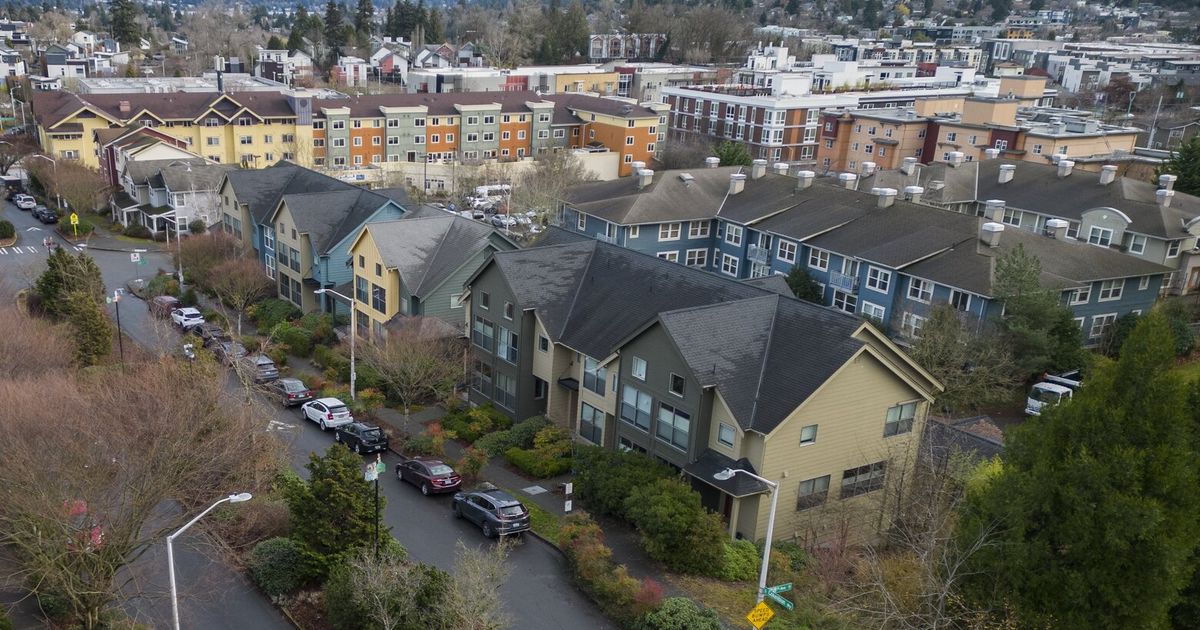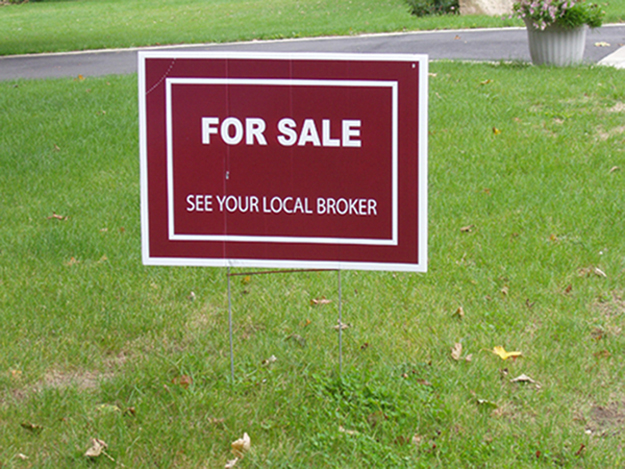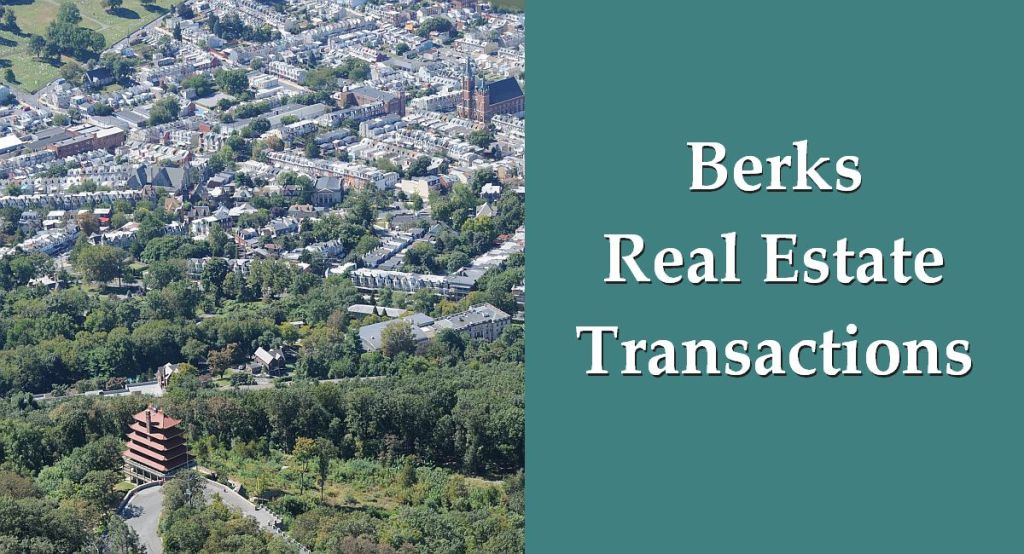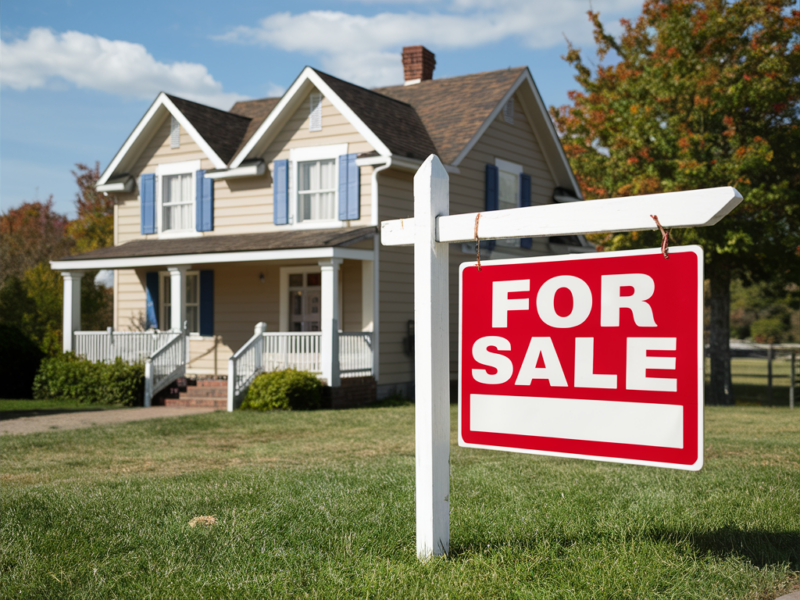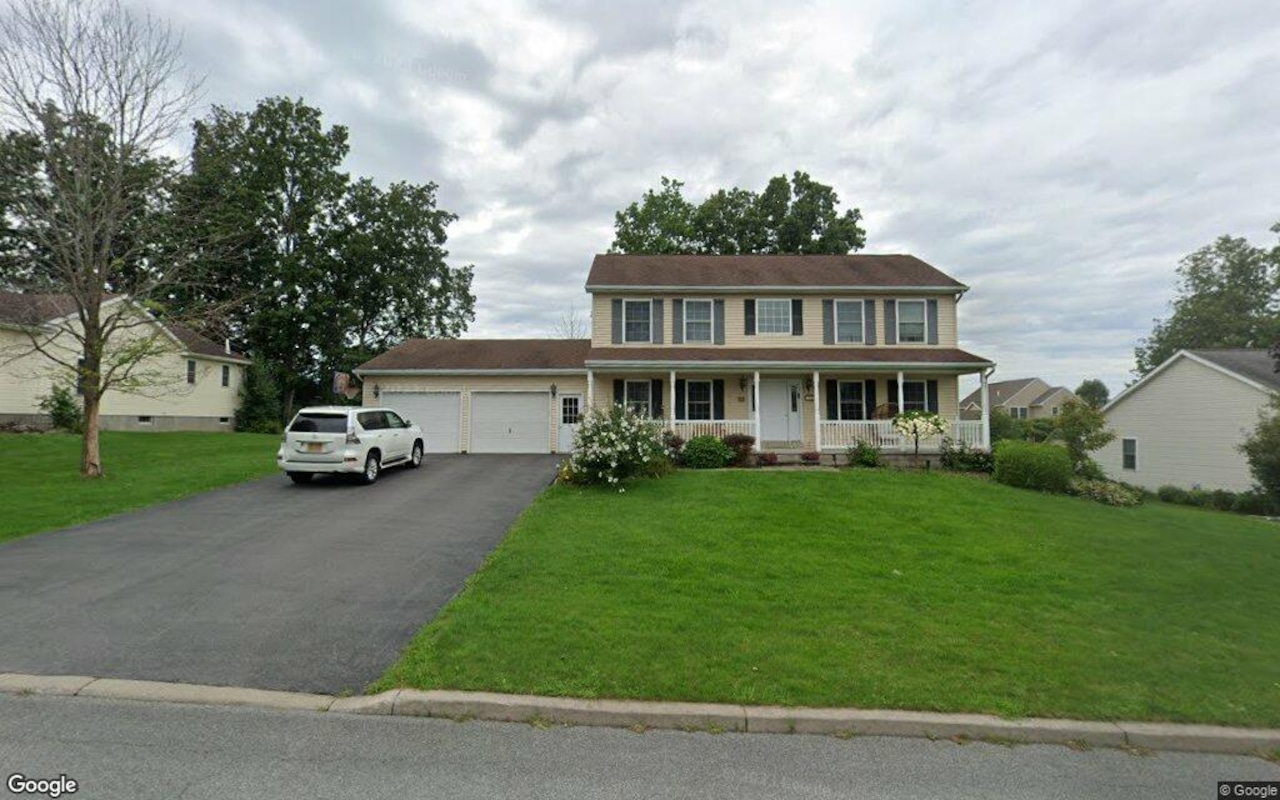M
ortgage rates fell to their lowest level in almost a year last week, giving Seattle’s tight housing market a potential boost after a long period of buyers and sellers on the sidelines. The average 30‑year fixed rate slipped to 6.35 %, the lowest since mid‑October, just before the Federal Reserve’s Wednesday decision to cut the federal funds rate by 25 basis points.
Although the Fed does not set mortgage rates directly, its policy moves ripple through the economy. The federal funds rate influences expectations about inflation and the economy, which in turn affect the 10‑year Treasury yield—a key benchmark for mortgage rates. The recent decline in mortgage rates has been linked to a drop in the 10‑year yield as markets anticipate the Fed’s cut.
Many real‑estate professionals believe that mortgage rates will not swing dramatically in the near future. “Buy and sell based on what makes sense for your life, not what you think the market will do,” says Lindsey Gudger, owner and broker at Seattle‑based Every Door Real Estate. “We’ve been told that rates will drop for two straight years now. That hasn’t happened.” Buyers hoping for further declines may find disappointment as home prices continue to rise and competition intensifies.
John Manning, managing broker at REMAX Gateway, cautions that waiting for rates to fall is rarely a sound strategy because a mortgage is paid over 30 years. “The sooner you start the 30 years, the better,” he says. Those who already have high‑rate mortgages should calculate whether refinancing makes sense, as brokers advise.
Seattle’s affordability remains a challenge. King County’s median single‑family price is $990,000 and the median condo price is $549,000. Matthew Gardner, a Seattle real‑estate economist, notes that a true alignment of market forces is needed to make homes more affordable for many. Yet for those who have been watching Zillow and saving for a down payment, the recent rate drop could be the opportunity they’ve been waiting for, especially with more listings than last year. Gudger adds, “Now is the time to move because you have more leverage in the market, and my guess would be buyers have far less leverage as we get closer to the end of the year.”
Even a sub‑percentage‑point drop can matter. The monthly payment is often the most important metric for buyers. For example, a 20 % down payment on a $990,000 home at a 6.91 % rate would cost almost $300 more per month than the same purchase at 6.35 %. However, median home prices in King County rose $135,000 from January to August, so a buyer who waits could end up paying significantly more each month despite a lower rate. “While they’re waiting, they are losing money,” Manning says. “The value of the investment you could have made is already going up. Most incomes do not rise fast enough to keep pace with price appreciation, especially in a market like Seattle.”
Locking in a price now can protect buyers from future increases. Homeowners can refinance later if rates improve. That’s the origin of the old mortgage proverb, “Date the rate, and marry the house.” While memories of pandemic‑era low rates linger, experts urge buyers to accept a reasonable rate that they can afford for the long term. “Unless the Fed has to go on a shopping spree again because the economy is that bad, I think the long‑term rate will stay in the mid‑to‑high fives to low sixes,” Gardner says. Even if the federal funds rate drops, mortgage rates may not follow directly. “Don’t wait for a 3 % cut,” Gardner advises.
Real‑estate agents anticipate more offers as rates fall. Gudger expects increased buying power for those who have been shopping for a while, which could strengthen sellers’ negotiating positions in a market that has cooled amid economic uncertainty and higher inventory. She recommends selling when it makes sense personally rather than chasing market timing. “Stop trying to time the market. There isn’t a soul out there who has regular success doing so,” she says.
For homeowners considering refinancing, Joe Tafolla, founder of Seattle’s Mortgage Broker, stresses that it only makes sense if you plan to stay long enough to recoup the upfront costs. He suggests calculating monthly savings, multiplying by 12 to 24 months, and comparing that to the refinance costs. “It really does come down to what makes them comfortable in their risk sensitivity,” Tafolla says.
